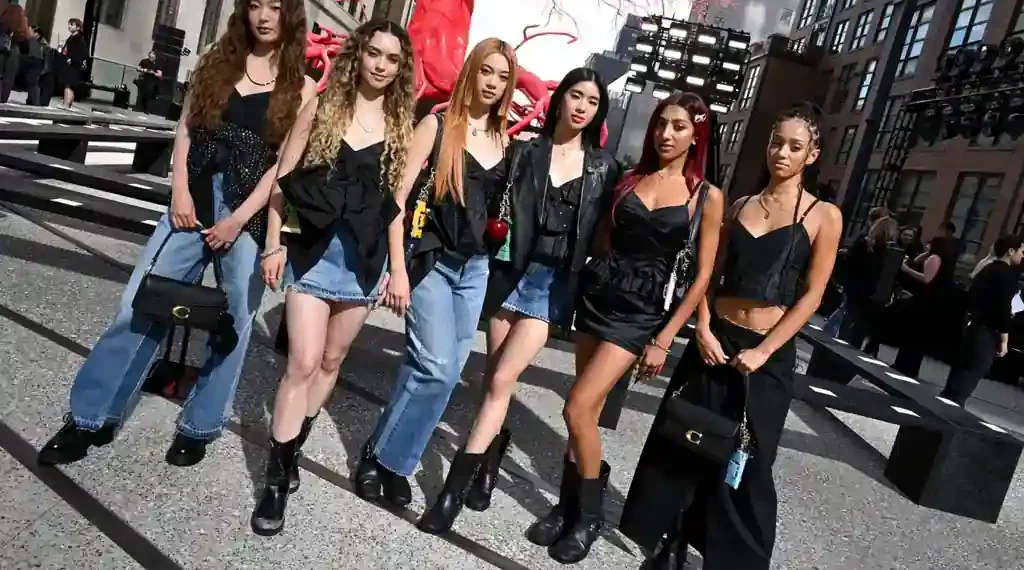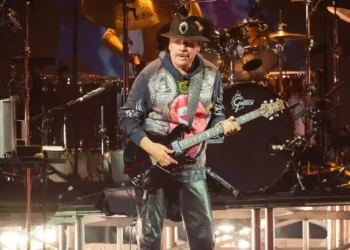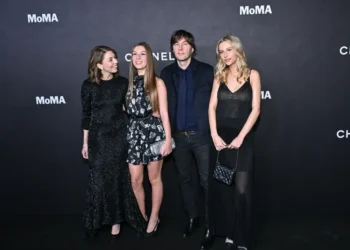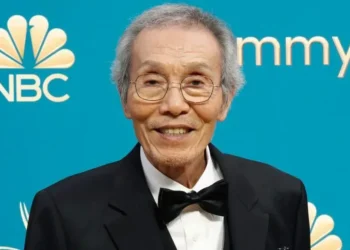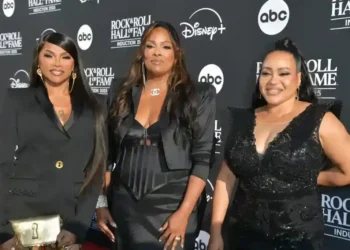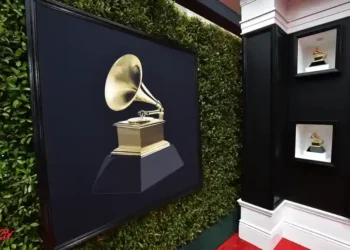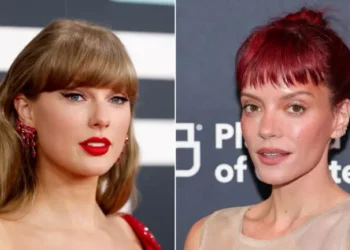Katseye Emerges as a Multicultural Pop Powerhouse Under Humberto Leon’s Creative Vision
Since their breakout on Netflix’s reality show Pop Star Academy two years ago, the six-member girl group Katseye has captivated audiences worldwide. Sophia, Lara, Manon, Daniela, Megan, and Yoonchae rose from relative obscurity to international attention, outperforming 120,000 contestants to earn a spot in the now-Grammy-nominated group.
Their journey has combined the infectious energy of K-pop with a multiracial, English-language appeal, bringing together diverse backgrounds and global aesthetics for a new generation of music fans.
From Reality Show to Global Recognition
Katseye first made headlines as contestants in matching gray blazer-skirt suits styled to resemble South Korean secondary school uniforms. Their televised finale captured tears, hugs, and excitement as the members were officially announced, highlighting their cohesive yet individual personalities.
The group is supported by Hybe Corporation, the company behind BTS, and Universal Music Group. Together, the two entertainment giants aimed to create a mainstream, multiracial girl group that blends K-pop’s synchronized choreography, catchy melodies, and polished visuals with a global cultural perspective.
Fashion as Identity
The group’s striking fashion moments have become central to their public identity. Performances at Lollapalooza featured bold red leather outfits, while the MTV VMAs saw Katseye in glitzy Dolce & Gabbana ensembles. They have also fronted campaigns for Gap and showcased vintage pieces from Prada, Balenciaga, and Hussein Chalayan.
The creative force behind these visual statements is Humberto Leon, the group’s creative director. Formerly a fashion entrepreneur and designer, Leon now oversees everything from stage costumes to hair, makeup, and accessories. “There was this feeling of tomboy meets rebellion,” he told CNN, reflecting on the group’s early styling. “The uniforms added a fun storytelling aspect.”
K-pop frequently employs school uniforms as a visual motif, but Leon’s approach adds subtle subversions, such as boys’ blazers, to distinguish Katseye from other groups while maintaining a youthful, cohesive image.
Bringing Cultures Together
Katseye’s appeal extends beyond fashion. The members represent a variety of ethnic backgrounds: Sophia is Filipino; Yoonchae is South Korean; Manon is Swiss-Italian and Ghanaian; Daniela is Venezuelan-Cuban; Lara is of Indian descent; and Megan is Hawaiian with Singaporean-Chinese and Swedish-American roots. Their songs are primarily in English, broadening accessibility to international listeners.
Since their debut EP SIS (Soft is Strong) in 2024 and the viral single Touch, Katseye has become one of pop music’s most-watched newcomers. Spotify and streaming platforms have highlighted their work, cementing a growing global fan base.
Humberto Leon’s Multicultural Vision
Leon credits his own multicultural upbringing—Peruvian father, Chinese mother, and Los Angeles roots—for his inclusive creative vision. Early experiences with his mother’s entrepreneurial activities inspired his aesthetic sensibilities. His fashion career includes co-founding Opening Ceremony and co-designing for Kenzo, where he emphasized youth culture and streetwise sensibilities.
Leon’s shift to music and entertainment came after founding the Peruvian-Chinese restaurant Chifa in Eagle Rock during the pandemic. Collaborations with punk rock band The Linda Lindas led to attention from Hybe and Interscope Geffen A&M, culminating in his work with Katseye.
Authenticity and Representation
From the outset, Leon focused on understanding each member’s personal background and interests. “We talk about silhouettes and designers, but it goes beyond that,” he said. “Each girl’s culture is represented authentically.”
Lara, for example, wears a bindi to reclaim and honor her South Asian identity. This emphasis on individuality extends to the music itself. Katseye’s latest EP, Beautiful Chaos, features tracks that highlight each member’s vocal range and cultural influences, including Spanish lyrics and Latin-inspired melodies in songs like Gabriela.
Global Girl Power
As Katseye embarks on their first North American tour, weeks after their Grammy nomination, Leon remains intentionally discreet about stage costumes. The goal is to balance spectacle with relatability and personal expression.
For Leon, Katseye represents a new model of girl power for Gen Z audiences seeking authenticity and inclusivity. “I want people to see themselves in Katseye,” he explained. “They’re not just for young girls—they’re for fans of all genders and ages.”
By merging K-pop methodology, multicultural representation, and high fashion, Katseye has set a new blueprint for what a modern girl group can be: globally conscious, culturally expressive, and visually distinct.
Redefining the Girl Group Landscape
From reality TV beginnings to international recognition, Katseye demonstrates how music, culture, and fashion can intersect. Through Humberto Leon’s guidance, the group has cultivated a compelling identity that resonates across borders, creating a fanbase united not only by music but by values of representation, style, and creativity.
This article was rewritten by JournosNews.com based on verified reporting from trusted sources. The content has been independently reviewed, fact-checked, and edited for accuracy, tone, and global readability in accordance with Google News standards.
Stay informed with JournosNews.com — your trusted source for verified global reporting and in-depth analysis. Follow us on Google News, BlueSky, and X for real-time updates.
JournosNews.com follows Google News content standards with original reporting, verified sources, and global accessibility. Articles are fact-checked and edited for accuracy and neutrality.
